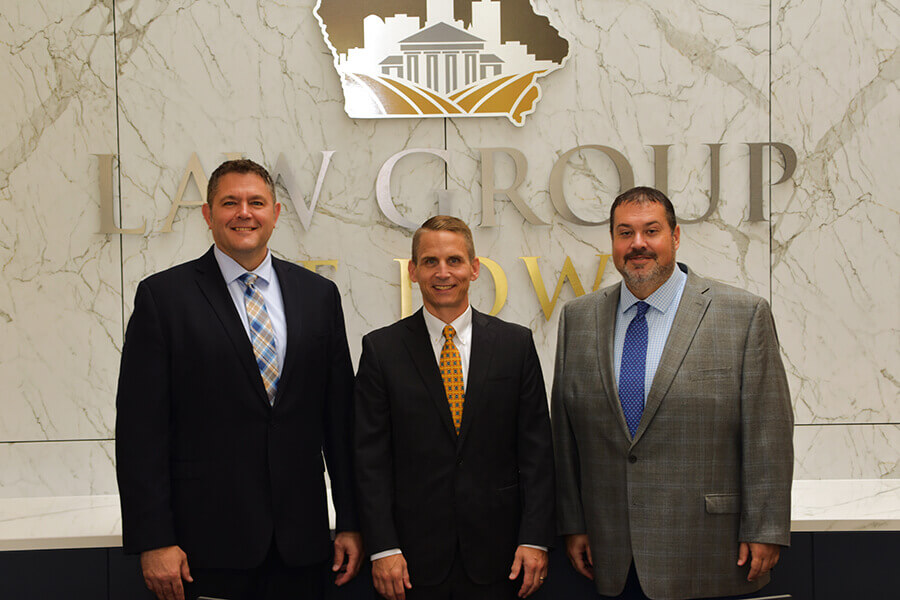A car accident is something that can change your life. If you suffer severe injuries, you may wind up being unable to go about your daily routine the same way. Some states allow insurance companies and individuals to file lawsuits against the driver who was responsible for the accident. Even if the driver who was impacted the most shared some of the blame for the accident, they may be able to recoup some money for medical bills and treatment. Find out how fault laws work and what you need to prove that someone else caused the crash.
The Investigation
After a car crash, the insurance company for each driver in a fault state takes steps to investigate the cause. First, the drivers are interviewed by both insurance companies. Unless one or the other admits to causing the accident, the accounts will likely differ. The insurance adjusters will take both accounts, and together with the police report, witness statements and scene photographs, they will assign liability. In some instances, the responsibility will be attributed to one driver. Other times, both drivers may come away with shared blame. It is typical that each driver’s insurance to align with their insured and defend their actions. It makes sense since the insurance company of the driver holding the liability is responsible for paying out to the innocent driver.
Evidence Presented
The best proof for fault-based states is third-party witness statements. These are people who are not affiliated with either driver but witnessed the crash firsthand. Unfortunately, not enough people pull over and offer their statement for an investigation. Often, people don’t want to get involved. For those who do, it helps the innocent driver find closure and get the help they need to pay for medical bills and damage to their vehicle.
Lawsuit and Beyond
Personal injury lawsuits may come from car accidents in fault-based states. To prove a personal injury occurred, the innocent driver must present evidence that the at-fault driver was negligent. Presenting evidence to a court that the at-fault driver caused the accident due to reckless behavior is not always easy, but it can be done. The record established by both insurance companies, including their investigative notes and interviews, may be presented at trial. If the other driver is shown to have deliberately committed an act of negligence, then you should be able to collect for the excess medical bills, lost wages, and perhaps the pain and suffering you endured.
Contact a personal injury attorney, like a personal injury attorney in Washington, DC, to help you with taking action against an at-fault driver.

